Did you know more than 100 million ash trees have already been lost to a single invasive beetle? The emerald ash borer silently devastates forests across North America, threatening city streets and backyards alike. Spotting an infestation early can mean the difference between lush shade and bare, dying branches. In this guide, you’ll learn how to identify the emerald ash borer, understand its life cycle, and deploy proactive steps to protect your ash trees before it’s too late.
Why Emerald Ash Borer Identification Matters: The Startling Impact on North America
Emerald Ash Borer Spread: A Threat to Ash Trees Across North America
The emerald ash borer is not just another pest; it’s a serious threat that has transformed both natural forests and urban landscapes in North America. Since its accidental introduction, this invasive species has spread rapidly, showing no signs of slowing down. The impact on ash trees (genus Fraxinus) has been catastrophic, with local ecosystems struggling to cope with the loss of these vital tree species.
Over 100 million ash trees in North America have been killed by the emerald ash borer.
Infestations now cover 35 states and parts of Canada.
The risk is not limited to forests; neighborhood streets, parks, and private properties face the same grim prospect of losing mature ash trees. Continual spread means that if you have an ash tree on your property—whether green, white, or black ash—it’s at risk. Quick and accurate emerald ash borer identification empowers homeowners and land managers to take action before irreversible damage occurs.
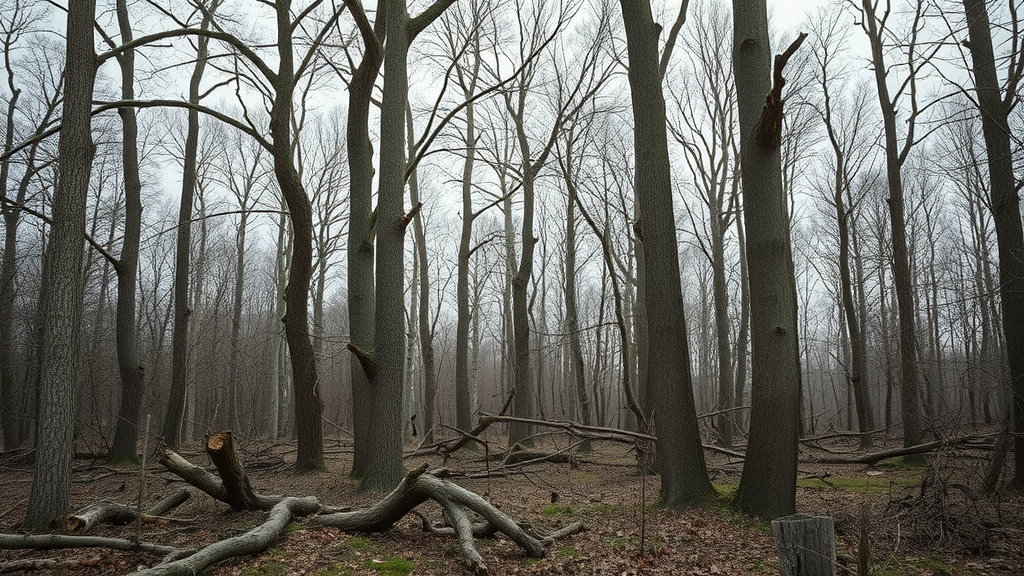
"The emerald ash borer is considered the most destructive forest pest ever introduced to North America." – USDA Forest Service
What Is Emerald Ash Borer? Essential Facts for Accurate Identification
Agrilus Planipennis: Scientific Classification and Origins
The emerald ash borer ( Agrilus planipennis ) is a wood-boring beetle native to East Asia. While relatively harmless to native Asian tree species, it is devastating to ash trees in North America , where it faces few natural predators and can multiply unchecked. Since its detection near Detroit, Michigan, in 2002, it has become an invasive force, overwhelming local Fraxinus spp. and threatening entire ecosystems.
Characterized by a slender, metallic green appearance, the adult beetles are small—about half an inch long. Their larvae, hidden beneath the bark, are the real culprits, feeding under the bark of ash trees and disrupting the transport of water and nutrients. Understanding the life cycle and biology of Agrilus planipennis is key to recognizing and controlling outbreaks before widespread destruction occurs.
Life Cycle of the Emerald Ash Borer: From Egg to Adult
The life cycle of the emerald ash borer is tightly linked to the health and fate of ash trees. Adult beetles emerge in early summer and lay eggs in bark crevices. Within one to two weeks, the larvae hatch and immediately begin feeding under the bark. This stage—often undetectable until damage appears—is when the insects do the most severe harm, creating serpentine tunnels that block nutrient flow.
As the larvae mature, they overwinter beneath the bark before pupating and transforming into adults. The cycle typically lasts one year, but in colder regions, it may take two years to complete. Understanding each stage—from egg, larva, pupa, to adult —aids in early detection and the strategic timing of treatment, making emerald ash borer identification crucial throughout the year.
Comparison of Emerald Ash Borer Stages | |||
Stage |
Appearance |
Typical Location |
Timeline |
|---|---|---|---|
Egg |
Tiny, oval, pale-yellow/white |
Bark crevices of ash trees |
June to August |
Larva |
White, segmented, flattened body |
Beneath the bark, feeding under the bark |
July to early spring |
Pupa |
Motionless, with forming wings/legs |
Beneath the bark |
Spring (before emergence) |
Adult |
½ inch long, bright metallic green |
Tree surface and nearby foliage |
May to September |

Emerald Ash Borer Identification: Key Features and Visual Cues
Emerald Ash Borer vs. Other Ash Borers and Look-alikes
Accurate emerald ash borer identification involves distinguishing it from native beetles and other borer species. The most telling feature is its bright metallic green coloration , which is especially vivid under natural sunlight. The beetle’s size—about half an inch long—also helps differentiate it from larger native borers. Look for the D-shaped exit holes, a signature left by emerging adult beetles, directly in the ash tree bark.
Metallic emerald green color
Size and shape differences (½ inch long, slender)
D-shaped exit holes in bark (not round or oval)
Other look-alikes, such as the six-spotted tiger beetle or native flatheaded borers, often have different coloring and lack the D-shaped exit holes specific to emerald ash borers. A close inspection of color, body shape, and exit hole form is vital for precise emerald ash borer identification and helps guide your next steps in ash tree care.
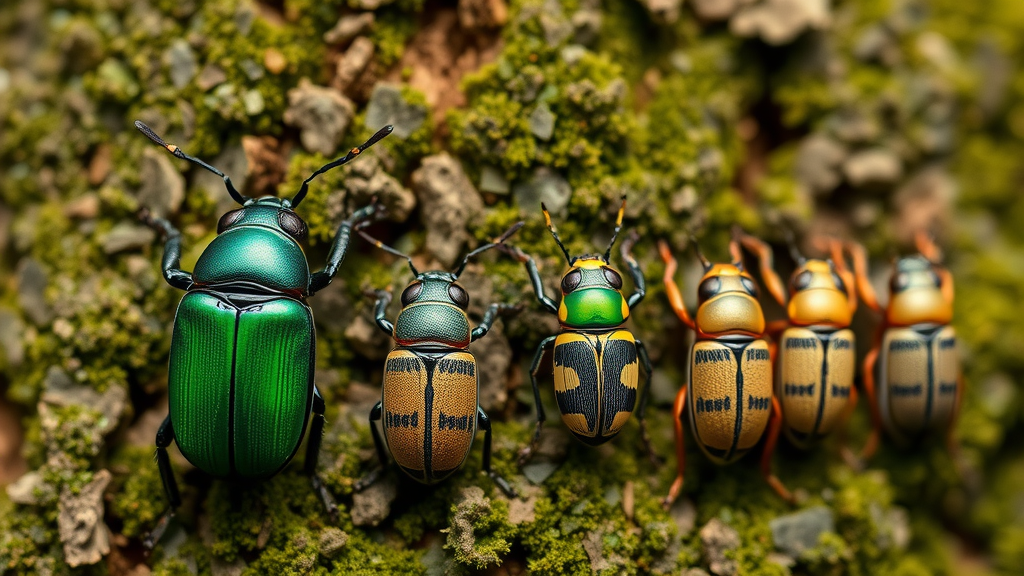
How to Inspect Ash Trees for Emerald Ash Borer Signs
Regular yard inspections greatly increase your chances of catching an emerald ash borer infestation before severe damage occurs. Begin with a thorough observation of the ash tree canopy; if you see thinning branches or premature leaf loss, it’s a warning sign. Move closer and inspect the bark for splitting or unusual cracks—often the larvae are feeding below. Look also for serpentine galleries just under the bark, which confirm larval feeding under the bark.
Check for canopy dieback: Look for thinning leaves or dieback at the top of the ash tree.
Look for bark splitting: Inspect the trunk and larger branches for cracks that expose larval galleries beneath the bark.
Search for serpentine larval galleries: Remove a small patch of bark to reveal S-shaped tunnels left by feeding larvae.
Identify D-shaped exit holes: Scan the tree bark for distinctive D-shaped (not round) holes, 1/8 inch across—these are made by emerging adult beetles.
Spot woodpecker activity: Notice signs of bark flaking, which may indicate woodpeckers feeding on borers beneath the bark.
Equipped with these steps, homeowners and arborists can detect early infestations, a critical move to save the precious ash trees in yards, parks, and public forests.
Damage to Ash Trees by Emerald Ash Borer: Symptoms and Consequences
Common Symptoms in Ash Tree Species
Damage from the emerald ash borer is often invisible until it’s advanced, making routine checks essential. Common symptoms in ash tree species include canopy thinning, leaf yellowing, and premature leaf drop. You may also notice epicormic shoots (new branches sprouting from the trunk or main branches), which are the tree’s desperate response to stress. As infestation intensifies, patches of bark may split, revealing distinct S-shaped larval tunnels beneath the bark.
Signs of distress are typically most visible higher in the canopy. Increased woodpecker activity , especially during winter, is another indicator, as these birds feed on larvae hiding beneath the tree bark. Early identification of these symptoms allows for more treatment options and can help prevent the death of mature landscape trees.
Progression of Ash Borer Damage Over Time
The symptoms of emerald ash borer infestation develop over several years. During the first year or two, there may be no outward signs as larvae quietly feed under the bark. In subsequent years, once more of the trunk is girdled by feeding tunnels, symptoms accelerate, and trees can die within three to five years of infestation. The loss of ash trees not only alters the landscape but also disrupts native species that rely on them for shelter and food.
If ash borers are left unchecked, entire stands of trees will die, requiring expensive removal of dead hazards. Municipalities, homeowners, and forest managers alike must act proactively. Early emerald ash borer identification and rapid response are essential for protecting trees and the biodiversity they support.
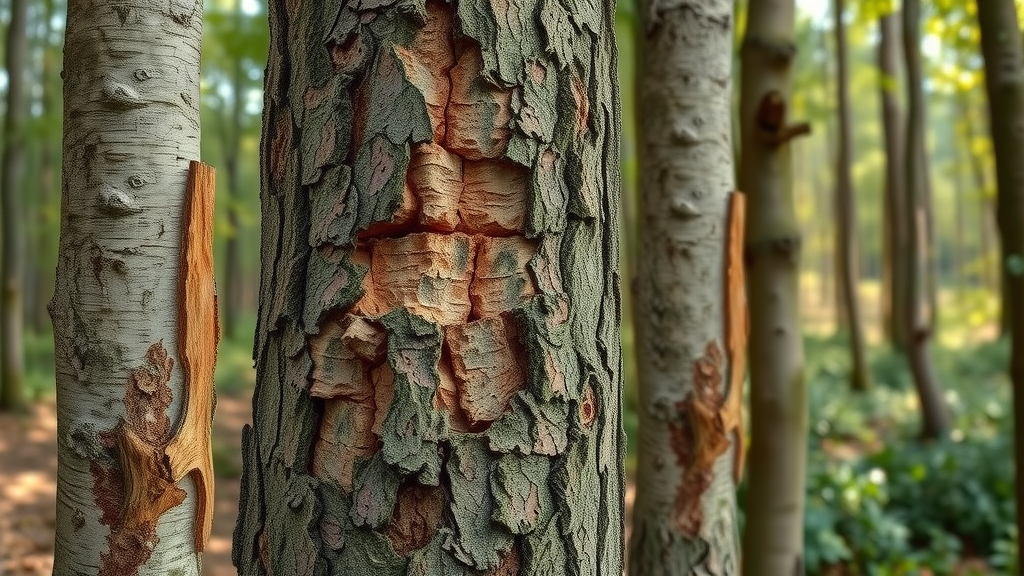
How to Detect an Emerald Ash Borer Infestation Early
Diagnostic Tools and Best Practices for Ash Borer Identification
Early detection of emerald ash borer infestation requires more than a visual inspection. Diagnostic tools such as prism traps—colored bars that attract adult beetles—and branch sampling are widely used by arborists and forest managers. These actionable methods, combined with expert knowledge of the pest’s life cycle, allow targeted interventions and informed decisions about chemical or biological controls.
In addition to traps, tools for peeling bark and inspecting galleries beneath the bark are essential for confirming an ash borer presence. Best practices include repeated monitoring during adult emergence (late spring through summer), training identification skills, and engaging local university extension services for the most current information on pest spread. These strategies enhance the chances of protecting individual trees and entire urban forests.
Ash Borer Spread: Monitoring Techniques Used in North America
Across North America, coordinated efforts utilize a blend of local volunteers, state agencies, and technology to monitor the spread of emerald ash borers . Surveying ash stands, installing pheromone traps, and using satellite mapping all provide valuable data. Public contribution—especially through reporting sightings and symptoms—is invaluable in mapping infestations and controlling the spread.
These monitoring efforts must be continuous. The pest’s unpredictable movement—often aided by transporting infested firewood—means regular updates and public education are key. By supporting these monitoring efforts, individuals and communities can play a direct role in preserving North America’s remaining ash trees.

Emerald Ash Borer Management: Containment and Control Solutions
Biological Control Efforts: Understanding North America's Response
The mounting threat of the emerald ash borer has spurred innovative management strategies. Biological control is at the forefront: North America has imported parasitoid wasps—natural enemies of the emerald ash borer from its native Asia. When released in forests, these wasps lay eggs in or on ash borer larvae, killing them before they can further damage trees.
These biological control programs are closely monitored for safety to native species and effectiveness in reducing ash borer populations. While not a stand-alone solution, biological control supports integrated management programs, helping to slow the spread and protect young regenerating ash trees.
Chemical and Cultural Treatment Options for Emerald Ash Borer
Chemical and cultural treatments remain crucial tools for saving valuable ash trees. Systemic insecticides, injected directly into the trunk or soil, can be a lifeline if applied at the first signs of infestation. Homeowners and municipalities often combine these with tree removal, cutting and destroying infested trees to remove breeding sites and limit further spread. Carefully following Department of Agriculture and state guidelines ensures these treatments are both safe and effective.
Biological controls (e.g., parasitoid wasps)
Systemic insecticides (trunk injections, soil drenches)
Removal of infested ash trees (tree removal and chipping to destroy larvae)
The most successful management programs mix multiple approaches—monitoring, quick removal of dead trees, targeted chemical treatments, and biological control—all helping to protect remaining stands.
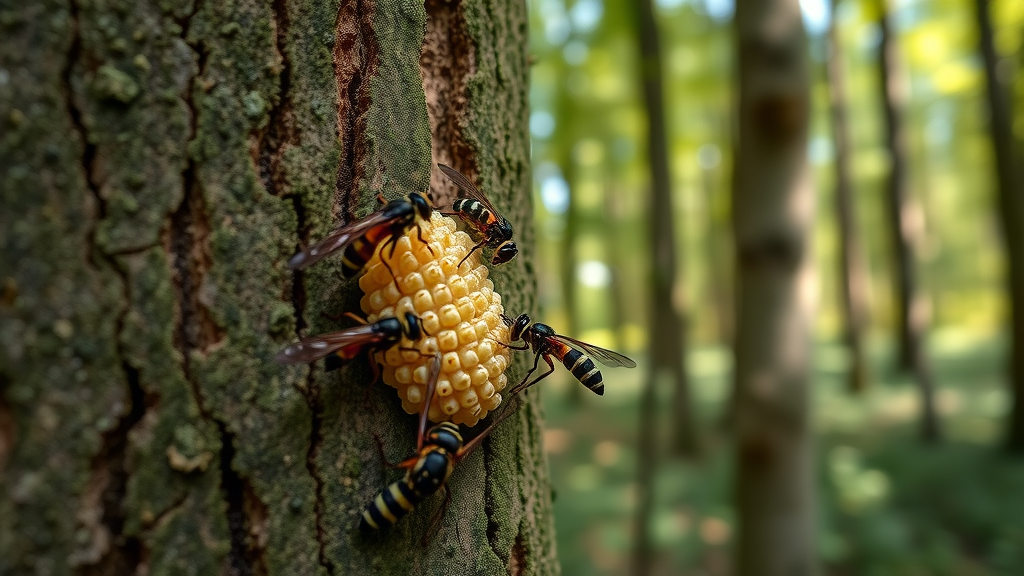
Emerald Ash Borer Identification FAQs: Expert Answers
How do I identify an emerald ash borer?
Look for metallic green beetle (~½ inch long) on or near ash trees
Inspect bark for D-shaped exit holes and S-shaped larval galleries
The most recognizable feature is the bright metallic green color and the straight, slender body. Adults are active in the summer. D-shaped exit holes, usually on the trunk or large branches of ash trees, and winding larval tunnels beneath the bark, confirm a likely emerald ash borer infestation.
How do you know if a tree has an emerald ash borer?
Canopy thinning, leaf dieback at upper branches
Bark splitting, presence of S-shaped larval galleries
Increased woodpecker activity on the trunk
Early symptoms include thinning foliage and dieback toward the top of the tree. As infestation advances, bark may split, and you may notice heavy woodpecker feeding, which often leaves flakes of bark at the tree base. Lift a piece of bark to look for winding galleries.
Can a tree with an emerald ash borer be saved?
Early intervention with systemic insecticides offers hope
Heavily infested ash trees generally cannot be saved and require removal
If caught early, professional application of systemic insecticides can protect and sometimes restore the health of an infested ash tree. However, advanced-stage trees with extensive dieback are usually beyond saving and pose safety risks, so prompt removal is the best option.
What normally kills the emerald ash borer?
Parasitoid wasps (biological control agents)
Registered systemic insecticides
Harsh winter temperatures in some regions
Biological controls like specialized parasitoid wasps and approved chemical treatments are effective. In some northern regions, frigid winters occasionally kill overwintering larvae.
Proactive Steps: Preventing Future Emerald Ash Borer Infestations
Regularly inspect ash trees on your property for symptoms
Participate in or cooperate with local monitoring programs
Avoid moving firewood or ash products between regions, as this spreads the pest
Prevention is the most powerful strategy. Regular inspections, prompt reporting of suspicious symptoms, and supporting local monitoring efforts all help curb the spread of this destructive pest. Never transport firewood long distances, as it is a major culprit in introducing emerald ash borers to new areas.
"Early emerald ash borer identification can mean the difference between preserving a landscape and losing centuries-old trees." – Forestry expert
Summary of Emerald Ash Borer Identification and Next Steps
Recognize early signs: thinning canopy, bark splitting, D-shaped holes
Employ a mix of detection methods—visual checks, traps, expert consultation
Consult local professionals for most effective treatment options
Take action as soon as symptoms appear—timely emerald ash borer identification is your main defense against devastating tree loss.
Further Information and Resources on Emerald Ash Borer Identification
Visit the USDA Forest Service web pages for current regional advice
Contact your state university extension program for local recommendations
Search online emerald ash borer databases to track infestations and find treatment professionals
Ready to defend your trees? Take these steps, educate your neighbors, and join the community preserving the North American landscape—one ash tree at a time.
 Add Row
Add Row  Add
Add 



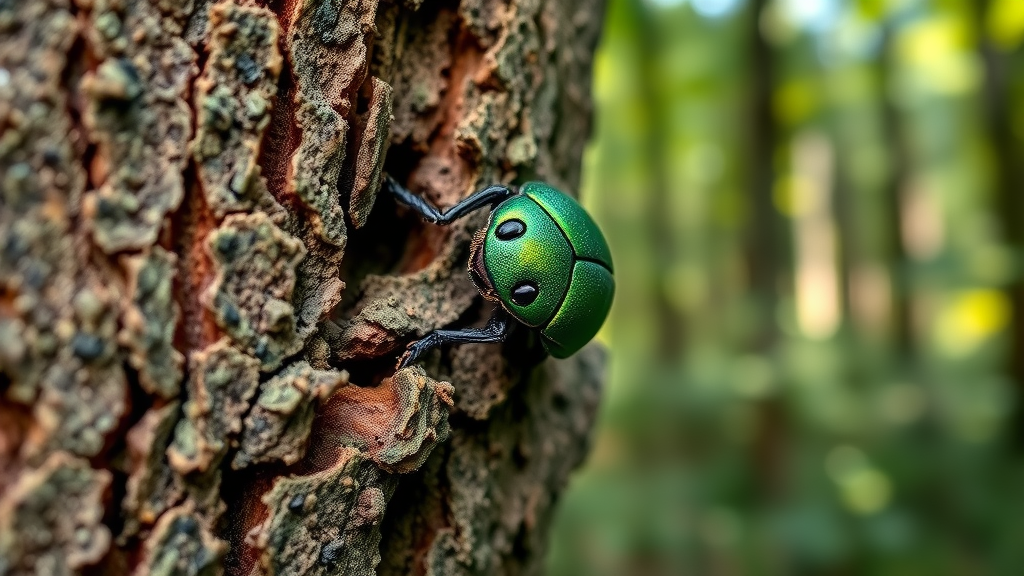
Write A Comment